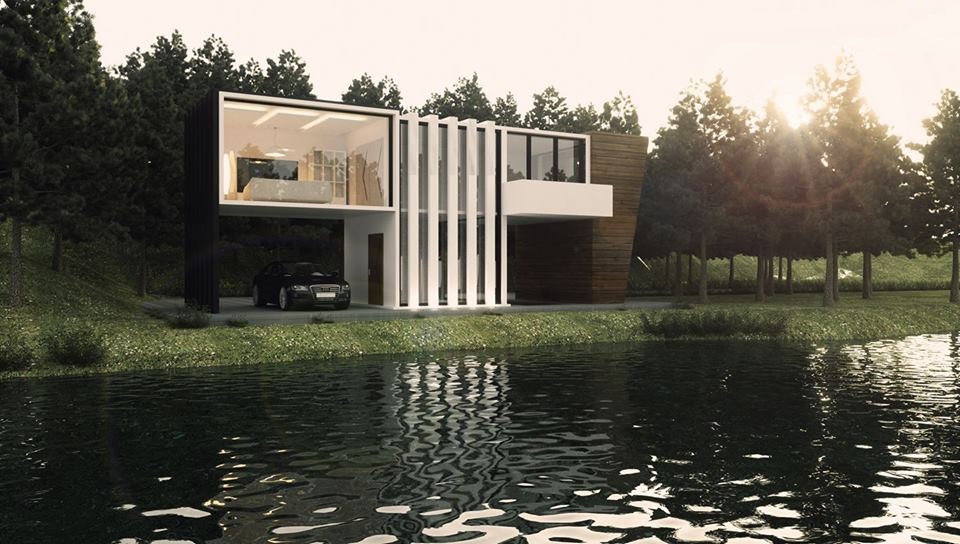Jewellery rendering is the 3D visualization of exterior and interior of buildings, houses, townhouses, retail and office centers, and other Jewellery structures.
Human visual perception plays a huge part in decision making and it is always better if an Jewellery project is pleasant to the eyes. Jewellery projects get approved and funded faster when architects make all revisions to designs before construction which would reduce costs and save time.
With photo-realistic 3D visualization of a project, new clients and investors are easily attracted from the earliest stages of construction process. This is because an effective 3D rendering makes a project more attractive and presentable.
There are many parameters and criteria involved in rendering a detailed 3D model. A professional accounts for the environment of the specific architecture such as pedestrians, streets, parks, trees etc.
Then, the creation of big Jewellery exterior visualization projects like parks and other major structures requires the usage of computing networks, clusters, cloud technologies etc. because the computational performance of a single computer is often not enough to finish the project before the deadline.
The statements below show why 3D rendering is not so cheap and can’t be less expensive:
- The first stage of construction is to create the exterior
Here, we create the 3D model of the project and its elements (soil, basement, structure, landscape, surroundings e.g. cars, trams, people, animals etc.). It is important to mention every detail while creating the visualization. For some projects, it is possible to create unique objects from the scratch instead of using free templates.
- The second stage is to place the models on the 3D scene
This requires checking it from different angles, selecting the best result and applying revisions to the project. This takes lots of time, efforts and professionalism. For example the given draft can be technically incorrect easily or basically hard to go through. Every change to the initial design plan takes time and causes delay. Loose calculations of elements’ size values may drastically slow down the construction process. To avoid all the troubles stated above, the rendering is done by highly skilled personnels.
- The third stage is the 3D visualization itself.
This stage requires time and effort. The processes in this stage are:
Scene-lighting settings: Picking the color scheme and the resulting image. This step is needed for the setting to get an effective and photorealistic look.
Creating and adjusting the lighting scheme for the scene: The model will not look attractive without the proper lighting. This step is very important and can’t be underestimated.
Selecting and adjusting of materials for the project: The materials that are used in the process of 3D visualization determine the color scheme of the final image.
Preparing of the texture map and other objects: The creation and usage of texture maps and maps of the surroundings and some other objects.
Adjusting the visualization parameters: The success of the project depends on the quality of this step because it is the main criteria for approving the project. Professionally constructed and effective 3D visualization will only attract the clients’ and investors’ attention to the project.
Elaborating the results: Correcting and elaborating the results of the visualization.
It requires a highly-skilled professional to get the quality of 3D visualization we aim at. As only a visual appealing and standard project can achieve the desired results.










